Swarovski STX System Review
By Tony Trietch, Rokslide Staff
How many times have you been hunting and thought to yourself, “If I could just find that buck, I could kill him”? You’ve been busting your rear trying to locate him and just couldn’t turn him up no matter how long and hard you glassed. It’s scenarios like this that have pushed me to improve my optics system in any way that I can afford.

Every year I evaluate how my gear worked for me on my different hunts. Could it have performed better? If so, how can it be improved? Some gear I have hauled around for years yet other pieces don’t see a second trip afield. The Swarovski STS 80 HD has been in my pack for several years and never let me down. From its first time out, I was finding bucks several miles away in the Colorado high country; it has always performed well enough to stay in the backpack for next year’s hunts.
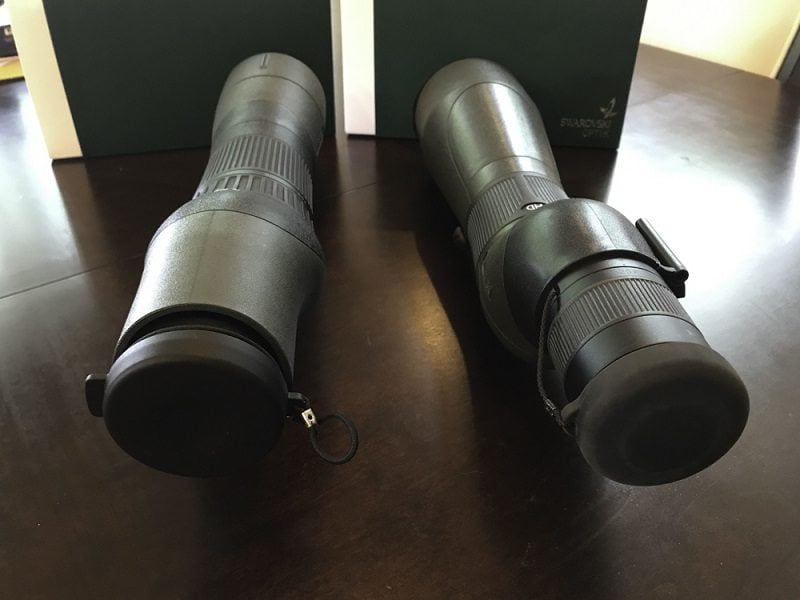
I found myself thinking of the old saying “the grass is always greener on the other side of the fence”, this past off season. It wasn’t that my STS scope had failed me in any way, I just wondered if I could improve on it. When the opportunity to pick up Swarovski’s newest STX system came along, I jumped on it.

My first impression upon inspection of the STX system was typical of Swarovski; quality and craftsmanship were evident in the fit and finish of the scope. As you would expect, there was nothing to criticize here. The familiar green armor-like exterior never looked better.
The STX/ATX/BTX line of spotting scopes focuses on modularity. There are three different objectives (65mm, 85mm, and 95mm), three different eyepieces (STX-straight, ATX-Angled and the new BTX-dual eye). Together the six parts are interchangeable and provide the user the ability to customize the scope to whatever hunt they are on. I chose the STX because I have always favored the straight scopes. That paired with choices of either a 65mm or a 95mm objective would hopefully provide me with a versatile combo that would work well on all my hunts.
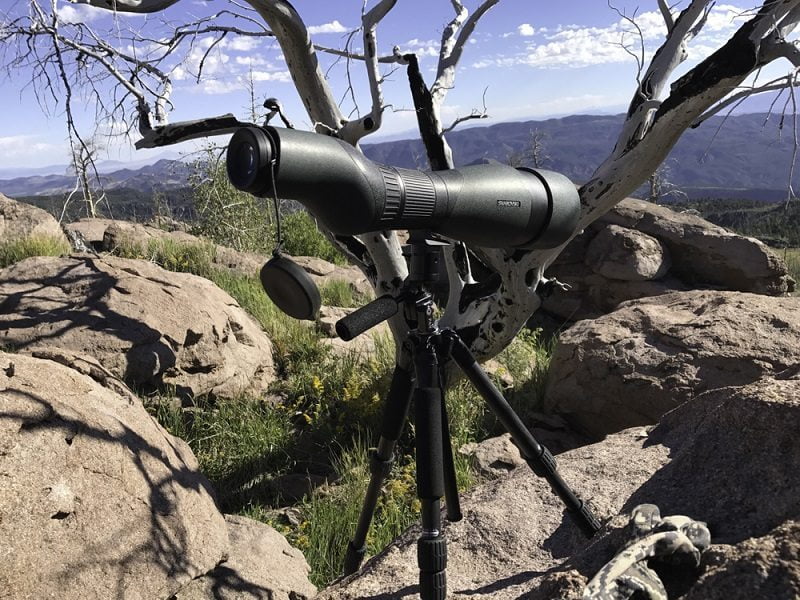
Modularity is not the only thing Swarovski added. Other differences from the STS/ATS scopes include a zoom ring that sits directly behind the focus ring in the center of the scope body. This makes operating the focus and zoom much smoother, more convenient, and more efficient to operate. Both rings turn at ease with a single hand use.
Another small improvement is the eyepiece cover. It actually stays on when the scope is not being used. There are new lens and prism coatings (Swarodur and Swarotop) that are supposed to help with color reproduction and transmission. I am not going to tell you I understand how they work, but I will say the STX is a pleasure to look through and provides a rich contrast with clarity that spans edge to edge.
Technical data for the STX system
In the field, one of the first things I noticed about the STX was its clarity at full zoom. I use my spotters for Digiscoping and I have become trained to always turn the zoom down just a touch after zooming in all the way. I did this to maintain a clear undistorted picture with the older model scopes. Regardless of 65mm or 95mm objective, with the STX that step was no longer necessary.
Below is a short video digiscoped through the 95mm STX from approximately 900 yards away.
The zoom for the 65mm and 85mm objectives is 25-60x and the zoom for the 95mm objective is 30-70x and all have wide angle. Both the 65 and 95 are clear throughout their entire zoom range. Although I didn’t test the 85, I can assume it is similarly clear.
I had a full line up of hunts this fall that included a high desert deer hunt, an above timberline deer and elk hunt, a Shiras moose hunt, and an open prairie deer hunt. The lightweight 65mm was used in the high country above timberline hunt and the 95mm on everything else. Where packing in great distances was not necessary, I often packed the STS scope as well so I could compare them in real time.

The 65mm objective performed flawlessly in the high country and its light weight (compared to the 95mm) was appreciated when backpacking miles in the mountains. It helped me to find and identify the buck I ended up taking from over two miles away. The 65mm STX has ample field of view and crisp, clear imaging throughout its zoom range. In no way did I feel I was sacrificing anything over the STS 80 HD.
Another short Digiscoped video through the 95mm STX
To say the 95mm objective performed great would be an understatement. The 95 is in a class of its own when you combine the light gathering ability of the huge objective and the 30-70 power zoom that shows no distortion at full zoom. The scope is as clear as any I have ever used.
During the hunt where I had the STX 95 and the older STS 80 both in use, it became very clear that during the low light periods at dawn and dusk that I could see details of bucks’ racks in the 95 that I simply could not discern in the 80. During the periods of diminished daylight, the 95 was noticeably brighter. The field of view is impressive, even at full zoom, allowing you to pick apart distant areas with confidence. There were several times this year that I found animals with the 95mm that surprised me. I can’t say with certainty that I wouldn’t have found them with the STS, but I can say it was easier and faster with the 95mm.
The videos below were taken at last light from approximately 1200 yards away. The STS80 vid was filmed first then I switched to the 95mm. Even with considerably less light, the STX 95 performed very well.
There are only a couple possible cons regarding the STX system. One would be cost; it’s not cheap but I believe you do indeed get what you pay for. The old adage of buy the best you can afford applies here. Swarovski holds it value as well as any hunting gear when taken care of, so the scope will hold its value down the road. Weight is the other con; the 95mm with STX eyepiece weighs in at 82 ounces and the 65mm at 58 ounces. Compare that to 57 ounces for the STS 80.
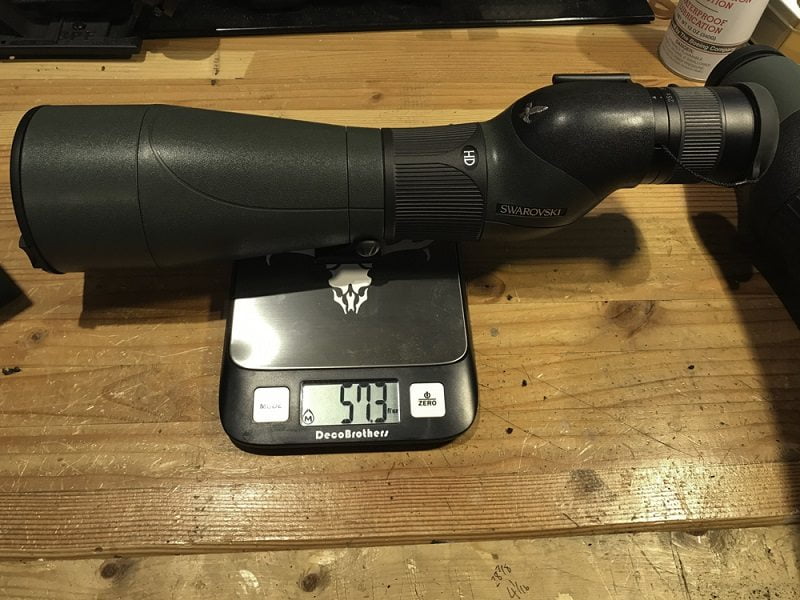
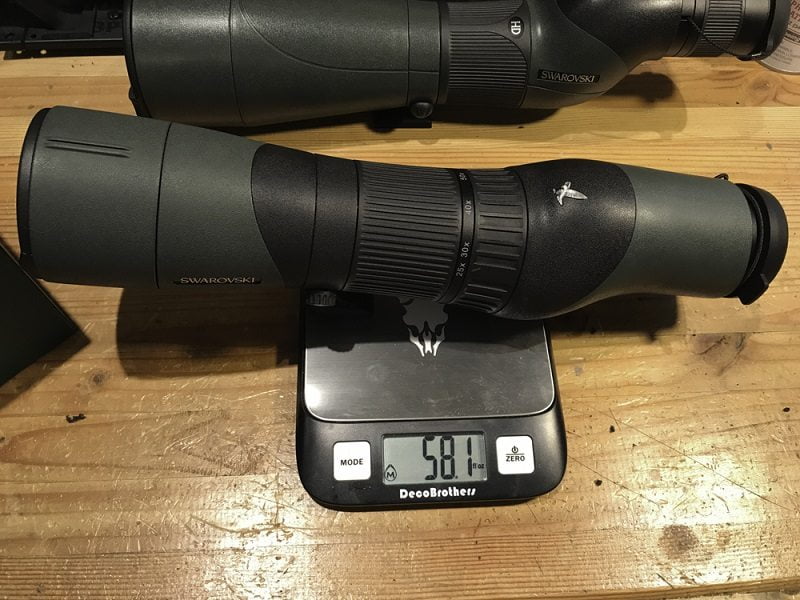
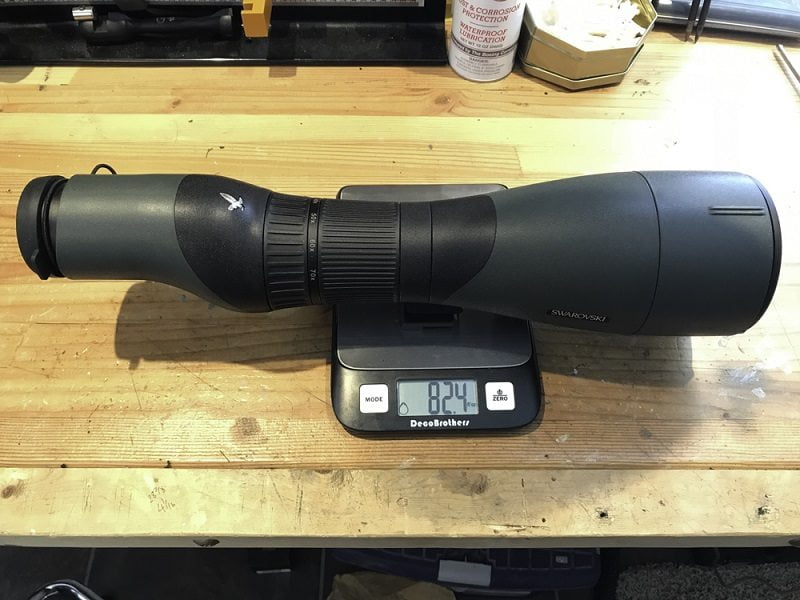
In the end, I had to ask myself if it’s worth the extra cost and weight to have improved glass clarity and contrast, higher powered zoom, and better low-light performance when mature or pressured animals are out more often? Throw in a more efficient configuration and zoom location, and a modular system with multiple pieces that fit different styles of hunting with different configurations and the answer is a no-brainer.

The STX System will cover all my spotting scope needs and has proved its value in the field. Is it right for you? I suggest you look at how you hunt and what is most important to your success and then buy the best glass you can afford.
You can comment on this article or ask Tony questions here.



















